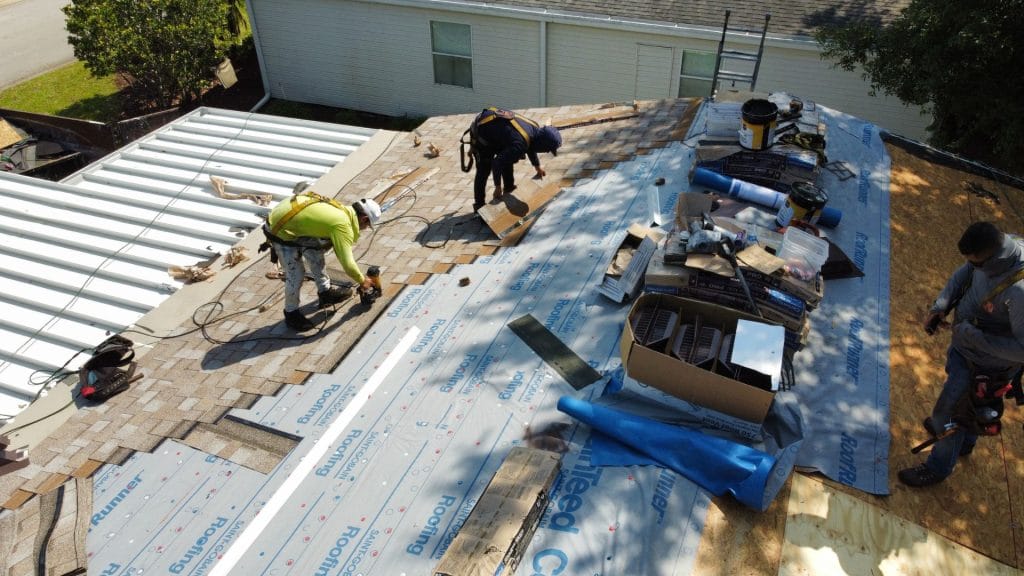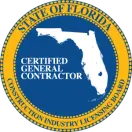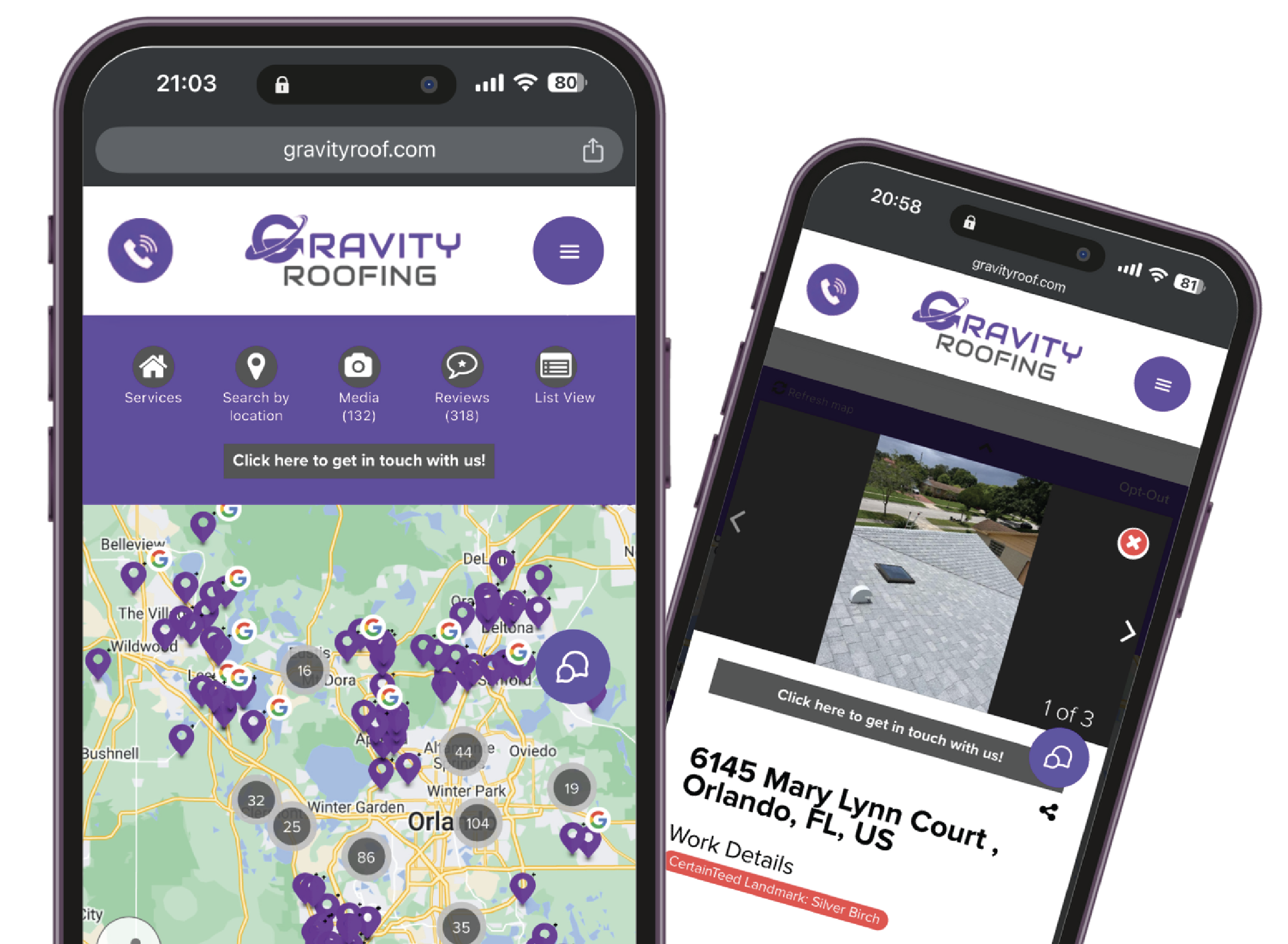7 Ways to Protect Your Roof from Storm Damage in Central Florida
Storm damage is a major concern for Central Florida homeowners. Between hurricane winds, heavy rain, and falling debris, your roof is often the first thing to get hit. Knowing how to prevent, identify, and respond to damage helps you protect your home and avoid costly repairs. Here’s how to stay ready before and after the storm.
Why Storm Damage Happens So Often in Central Florida
Central Florida sees high winds, sudden thunderstorms, and tropical storms every year. These weather patterns put stress on your roof, especially in places like Orlando, Deltona, and Kissimmee.
High winds can rip up shingles. Heavy rain seeps through weak spots. And flying debris from trees or nearby structures often causes direct impact damage. The result? Leaks, water intrusion, and long-term structural problems.
1. Schedule a Pre-Storm Roof Inspection
Preventing storm damage starts with knowing your roof’s condition. In cities like Clermont or Winter Springs, scheduling an inspection before hurricane season gives you a chance to fix small problems early.
A qualified roofing contractor will check:
Shingles for wear, cracks, or missing granules
Flashing for rust or lifting
Sealant for cracks around roof penetrations
Signs of mold or moisture in the attic
🔗 Internal link:
Book a Free Roof Inspection with Gravity Roofing
2. Keep Gutters and Downspouts Clear
Clogged gutters push water back onto your roof. During a storm, this can force moisture under shingles and lead to interior damage. In areas like Groveland or The Villages, regular gutter cleaning is essential.
3. Trim Nearby Trees
Overhanging branches often break during storms and cause direct roof damage. Trimming trees before hurricane season reduces the risk of debris tearing up your roof—especially in neighborhoods like Altamonte Springs or Sanford.
4. Reinforce Vulnerable Roof Areas
To reduce the risk of storm damage, reinforce:
Roof-to-wall connections with hurricane straps
Eaves and valleys with upgraded flashing
Ridge vents and caps with storm-rated materials
These upgrades are especially important in high-wind zones like Saint Cloud or Deland.
5. Choose Wind-Rated Roofing Materials
If you’re replacing your roof or installing a new one, choose materials that hold up well in storms. Consider:
Class H asphalt shingles (rated up to 150 mph winds)
Metal roofing systems with interlocking panels
Tile roofs with added fastening systems
6. Document Your Roof Before the Storm
Take clear photos of your roof from multiple angles before the season starts. This helps if you need to prove the roof was in good condition before the storm for insurance claims.
Learn about roof inspections from FEMA
7. Know What to Do After Storm Damage Happens
Even with the best preparation, damage can still occur. After a storm:
Inspect your attic and ceilings for leaks
Look for shingle debris in your yard
Call a licensed contractor for a full post-storm inspection
Contact your insurance provider with documentation
🚨 If you’re in Orlando, Winter Garden, or Apopka, Gravity Roofing can help with storm inspections and emergency tarping.
Don’t Wait for the Next Storm
Storm damage often gets worse with time. Whether you need a quick inspection or full repair, working with a local contractor makes the process easier.
Gravity Roofing proudly serves homeowners throughout Central Florida. We help you prepare, respond, and recover from storm-related roofing issues—without the pressure or sales tactics.














